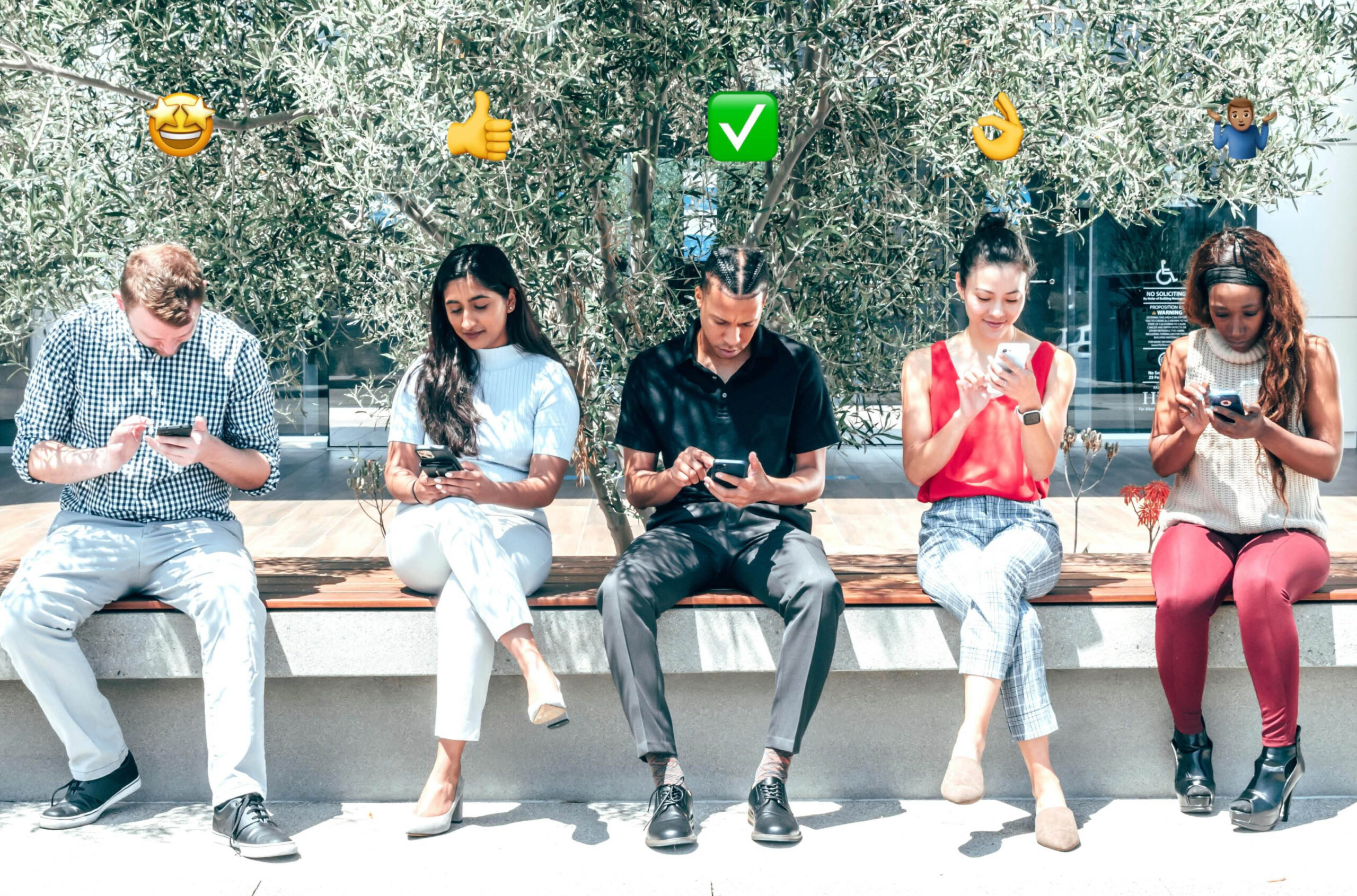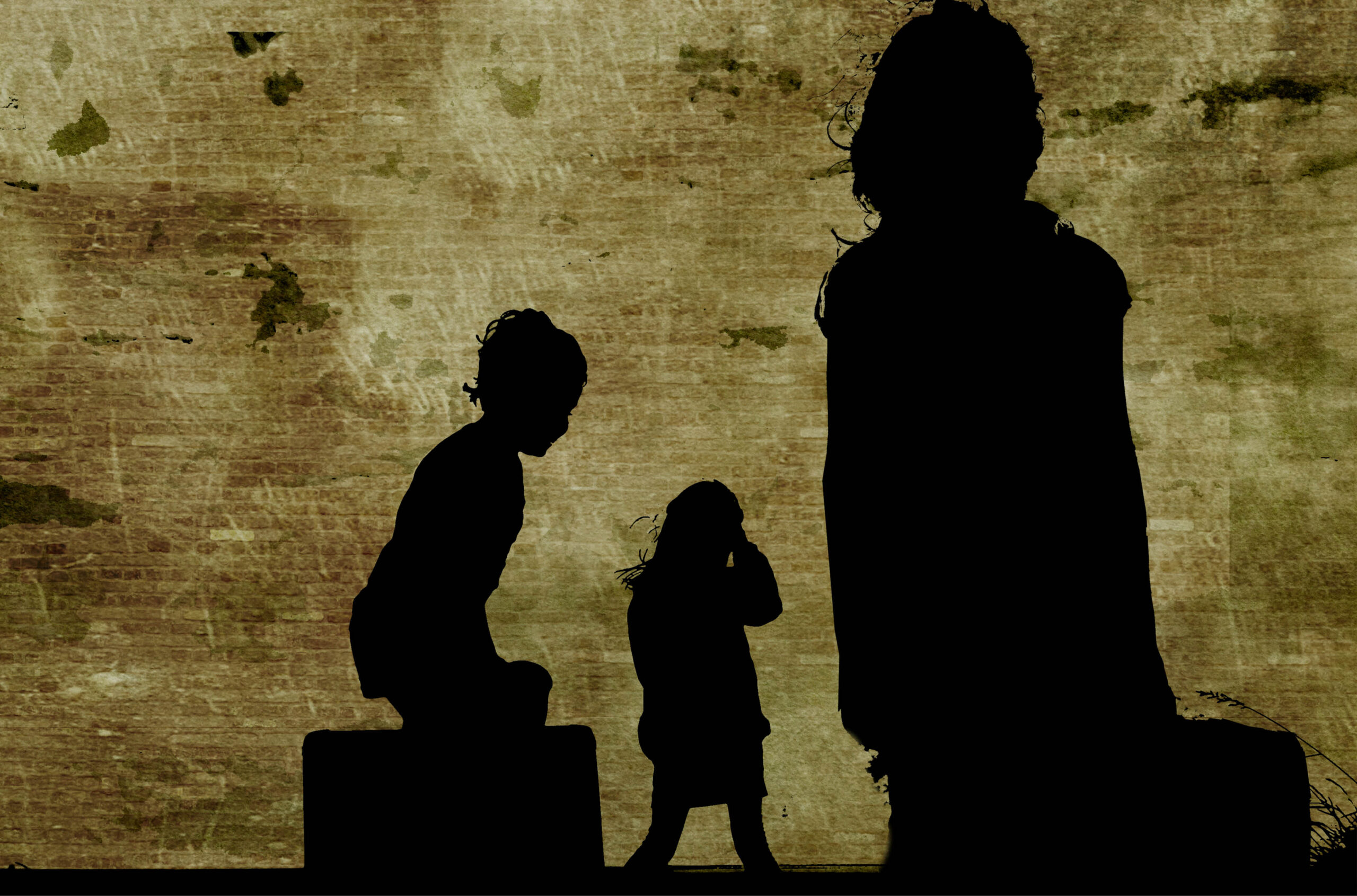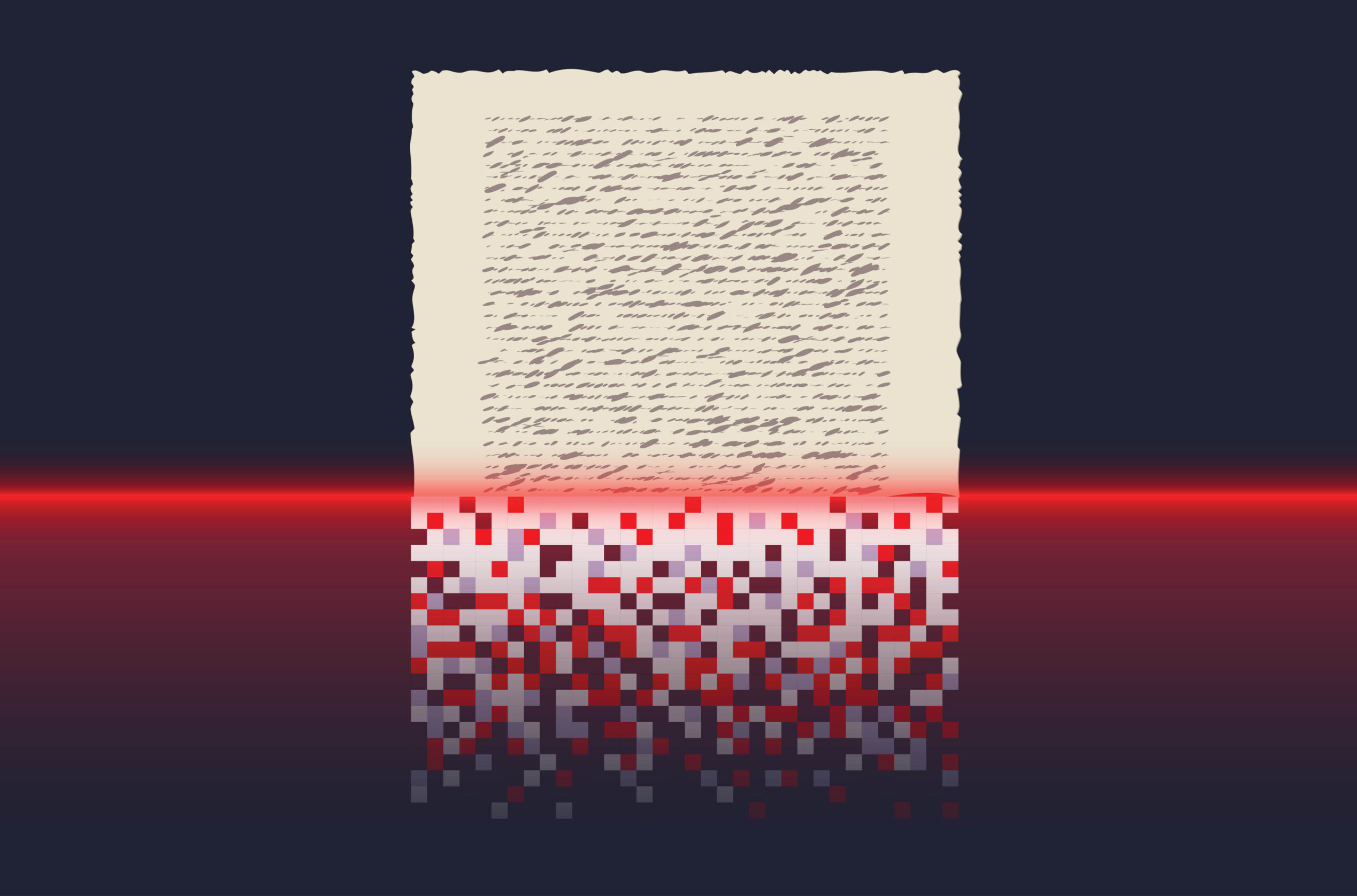Emojis … as rhetoric?
A new course and lab at U of T Mississauga delve into these digital images 😀

During a 2023 session of her course on intercultural communication at the University of Toronto Mississauga, Jordana Garbati’s students suddenly became animated — a guest speaker had started talking about emojis.
“They all had stories about how they use emojis with their friends versus how they use emojis with their parents. And they were drawing the connections between them and our course content on intercultural communication,” says Dr. Garbati, assistant professor, teaching stream at the Institute for the Study of University Pedagogy.
Dr. Garbati’s 80-year-old father, a non-native English speaker, often used emojis but she knew many of his peers did not feel as comfortable. Meanwhile, everyone she spoke with on the topic, especially young people, became excited. Yet, emojis did not feature prominently in any course at U of T. “This is what students are interested in,” she realized, and came up with an idea for the course.
“And I’m interested it,” she adds. “It brings together my knowledge and interest in language learning, language development, writing studies and business communication.”
Her students gave the plan a thumbs-up — at least metaphorically, and likely, literally — and the university quickly approved Emoji Rhetoric: A New Paradigm in Communication. In January 2025, she offered the course to 25 students and launched the Symbolic Communication Research Lab as a vehicle to focus her research on the topic.
There’s much to teach, including where emojis originate. They evolved from use of emoticons beginning in the 1980s, which use keystrokes to represent facial expressions such as happy faces (: )) and winks (;-)) Highly sophisticated Japanese kaomoji emerged around the same time, which emphasize eyes and are read vertically. For instance, one kaomoji for sadness is ╯_╰.
Emojis are now a click away on your computer (💻) or phone (📱) because the non-profit Unicode Consortium sets a universal character standard for digital text, including how to code emojis. It has approved over 3,700 symbols that software developers embed into their products, allowing you to text an image from your iPhone to your friend on an Android, who can reply with the exact same image. You can also generate your own image any time via an AI emoji generator — but it won’t then appear on your computer’s character menu.
In class, Dr. Garbati shares the interesting but highly unreadable book Emoji Dick, a translation of Moby Dick … in emoji. Assignments include students using the tenets of rhetoric to argue for the inclusion of a new emoji in the universal standard. (A steel pan drum and a messy-hair face were suggested this term.) The final assignment has students research an emoji in a discipline of personal interest, such as business, anthropology or medicine.
Dr. Garbati says there is plenty of research for her lab to build on, in a range of disciplines. For example, four undergraduate students scanned social media usage during the 2024 Super Bowl. They analyzed over 5,300 tweets and found the top emojis used were 🏈 😭 and ❤️. (One student knew a lot about football and another could identify imagery of Taylor Swift – who attended the event – both of which were immensely valuable, says Dr. Garbati.)
An upcoming study will see how luxury brands use emojis and if their customers are aligned with the same approach, as emojis are often used in business communication. “We think it’s just for young kids or social media or our smartphones, but we’re seeing it in emails, in newsletters.” A different collaboration with U of T biology researchers will look at how birdwatchers use them to communicate with each other.
Dr. Garbati’s academic background — with two degrees in education, a doctorate in applied linguistics and an MBA — makes her well-suited to teaching about emojis at the university level. Still, she finds her new area of study surprising.
“I feel like I stumbled on this. I could never have predicted that this is where my teaching and research would go.”
Featured Jobs
- Division Chair/Division Head/Chief and Academic Vascular SurgeonWestern University
- Law - Assistant or Associate Professor (International Economic Law)Queen's University
- Education - Indigenous Lecturer or Assistant Professor, 2-year term (Teacher Education)Western University
- Business - Assistant Professor (Digital Technology)Queen's University
- Nursing - Assistant Teaching ProfessorOntario Tech University














Post a comment
University Affairs moderates all comments according to the following guidelines. If approved, comments generally appear within one business day. We may republish particularly insightful remarks in our print edition or elsewhere.